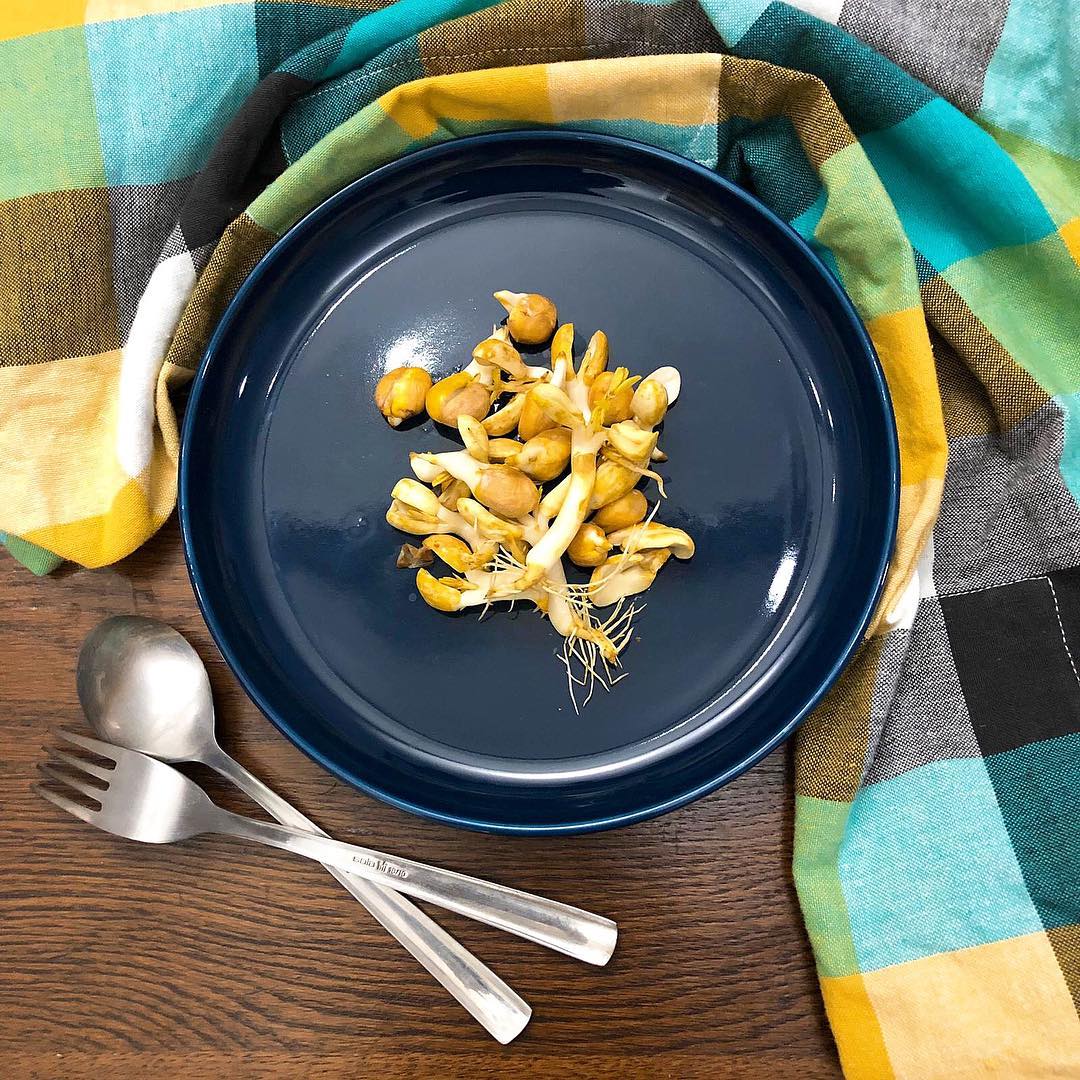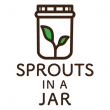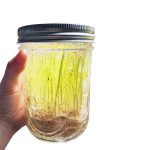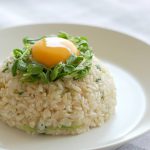
Many of us should have eaten peanuts before but have you ever tasted their sprouts? They are delicious. Also, their nutrient contents are very different from peanuts.
Peanuts are healthy and commonly seen in different cuisines. There are 20 – 25 grams of protein in every 100 grams of peanuts, which is 1.5 times of protein content comparing to eggs. Peanuts are also known as long living fruit. They contain rich minerals, protein, fat and vitamins, which made them a good supplement for human.
Peanut sprouts are shoots of germinated peanuts, sprouted peanuts have lower fat content and a significant increased level of resveratrol. Resveratrol is a powerful antioxidant that reduce the risk of cancer and cardiovascular disease. Other than peanuts, resveratrol is notably found in grape skin.
How to grow peanut sprouts?
To grow peanut sprouts, we have to use fresh and raw peanuts that are harvested within a year. The skin of unshelled peanuts are much thicker compare to other seeds commonly used for sprouting. So normally, we have to soak them and plant them for a longer time.
To shorten the soaking time and make peanuts grow better, we have discovered a little trick that proved working.
The trick is to first soak them with hot water (around 40 – 45c) for 10 minutes then pour the water away. Normally, peanuts are advised to grow on tray instead of in jars, but we can still use sprouting jars to grow peanut sprouts, just like what we did with other seeds.
Here is the detailed instruction:
1. Put the peanuts (around 25 pcs) into the jar.
2. Soak the peanuts with 3/4 jar of warm water for 10 minutes, then pour the water out.
3. Add cold water (around 20c) to soak the peanuts for 12 – 20 hours and drain it thoroughly afterwards.
4. The best temperature to grow peanuts are 25 – 30c, so set the jar under shades (the darker, the better, you may cover it with cloth or place it inside cupboard).
5. For the next 8 to 10 days, rinse it with cold water two to three times daily, and drain it thoroughly (you can place the jar at tilting angle to keep the peanuts out of water).
6. Harvest the peanuts sprouts when they grow up to 1 – 2 inches, or no later than 10 days.
Peanut sprouts are delicious, they can be eaten raw in salads and sandwiches or cooked in stir-fries, soups and other dishes.
Want to learn more about sprouting?
- Learn how to sprout and how to grow microgreens with us.
- Check out our sprouting FAQ.
- Shop now for our sprouting kits.







Hi thanks so much for the info!
Are you soaking them with the shells? Or after you remove the shells?
thank you 🙂
Dear Monia, you will need to remove the shell and soak the seeds directly 🙂
Will the peanut still sprout if it is split in 2?
Dear KayDee,
Unfortunately, they would not likely sprout if they are split 🙁
Are the roots safe to eat
Dear Alicia,
The roots are safe to eat but they are kind of rough, so a lot of people will trim them off before consuming 🙂
Thanks for the tips!!…
I just started sprouting seeds this last year, starting with mung beans (easy-peasy and delicious). I started with the Ball jar and plastic screen method but bought a cheap sprouter on line with 2 trays, sprinkler and automatic timer Which allows me to make a single batch every 10 days and always have an ample supply in the fridge. Now I’m branching out into peanut sprouts after finding some at the market and trying them.
I’m now 5 days into the sprout cycle for my peanuts: they look healthy but the stems are very short and roots have started. The sprouts I got at the market had beautiful long (2″+) stems.
Can I expect my peanut sprouts to get taller before the root system takes over or were my store-bought peanut sprouts manipulated to get that tall growth?
Hi Michael, glad to know that you started sprouting and sorry for the really late reply.
Most of the store bought peanut sprouts are grown in a controlled area, so they would always look perfect.
If you want to grow them taller and stronger at home, you may try to grow them in flat trays with some weights applied on top, the weight helps provide resistance for the seeds to push against, which help to shed their seed hulls and encourage stronger and upward stem growth.
Hi, and thanks for your article on sprouting peanuts. I’m looking for a healthier type of peanut butter, and this may just be it.
I do have a question about your comment that resveratrol is notably found in red wine. A common misconception (and this has been encouraged by the alcohol industry), is that red wine is some sort of health tonic. Yes, it does contain r/trol, but that’s because it’s in the grape skin. Recent studies have shown, and this should not be surprising, that any benefit from the r/trol in wine is counteracted by the alcohol content. Alcohol is a known poison.
My question is, as a company that is invested in people’s health, will you do your own research on this, and, if you find that what I have said is true, will you adjust any advice or information (however incidental), you may give in relation to the so-called health benefits of alcohol?
In the meantime, you can safely advocate the consumption of grapes, as that is even better than drinking their juice imho! But, unfortunately, you can’t sprout grapes 🙂
Have a great day
Phil W
Hi Phil, thanks for the info, we have updated our article and changed the wording from ‘red wine’ to ‘grape skin’. We have seen quite a lot of article stating resveratrol is an antioxidant found in red wine and thus have written the article the way originally but we also agree that putting grape skin would be better choice 😀 after all, we can’t deny grapes are really delicious and why not advocate the consumption of grapes right?